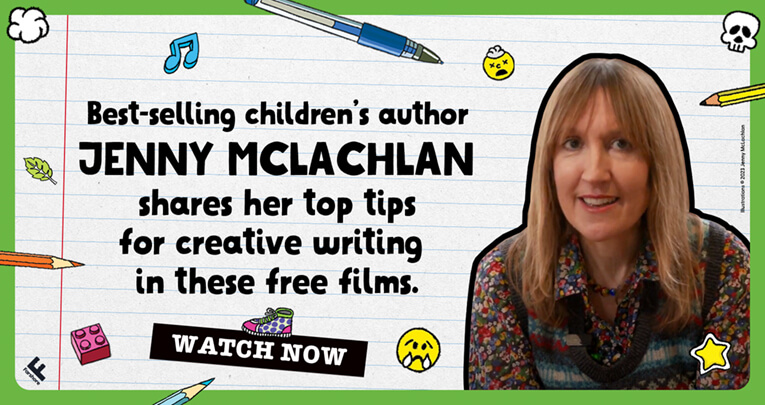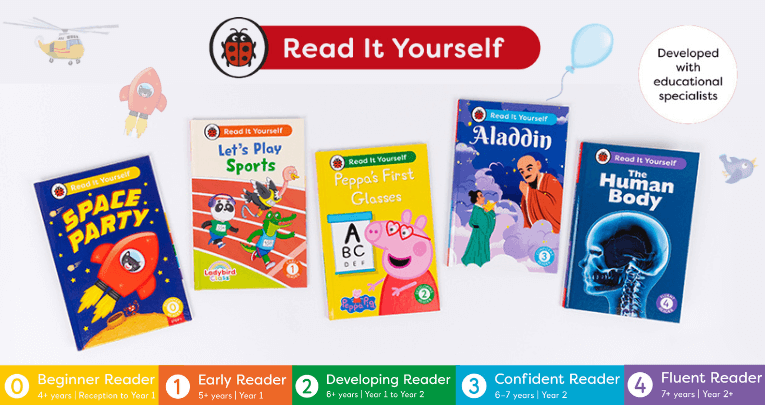Is a phonics-first-and-only approach the right way to go?
According to the PSC results, we have gained ground. Over the last nine years, the percentage of children passing has risen from 52% to 82%.
Schools have worked hard to pursue a rigorous phonics programme for all children at the start of primary school.
Is the commitment to phonics as the only means to independent reading at the cost of an emphasis on independent reading comprehension, engagement and enjoyment?
Reading outcomes at KS1 and KS2 do not reflect the rise in PSC outcomes. In 2019, KS1 reading was 75% nationally (compared to the same cohort achieving 82% in PSC) and in KS2 reading 73% nationally (compared to the same cohort achieving 74% in PSC).
We know that SATS reading focuses on what children can independently read and understand on a non-decodable, age-appropriate, natural language text.
Can we, therefore, draw a conclusion that the impact of phonics does not extend beyond children’s ability to decode words, nor does it fully support the development of reading comprehension for all children?
Indeed, at Hackney Education, we recently led a reading moderation session for Year 2 teachers where the concern was about the mismatch between children’s phonics and independent reading comprehension, as well as children getting lost with their reading.
The Simple view of reading put forward in the Rose Report and reflected in the national curriculum is a dual route – and raises questions about the phonics-first-and-only mantra.
You learn to understand by understanding. As you get better at extricating ideas, information, jokes and stories from text you build an increased understanding of the power and reason for decoding.
It takes both accuracy (decoding unfamiliar words by saying the sounds corresponding to the letters, and then blending those sounds together) and automaticity (reading words at a glance, silently and speedily) to become a fluent reader.
Pupils need to be able to read age-appropriate texts fluently. If they do not read regularly they are unlikely to be able to develop sufficient automaticity to access more complex texts.
Accuracy comes from phonics teaching which will enable them to decode any unfamiliar word, then they need practice in reading them.
The right sort and amount of practice will enable them to read accurately and automatically.
If pupils are accurate word readers and can use phonics to decode unfamiliar words, but can’t read automatically, they need more practice.
However, this needs to be the right kind of practice and frequently enough so that pupils quickly build up the bank of words that they can read accurately, silently and speedily.
The ‘right sort of practice’ comes from reading the right sorts of texts that are matched to pupils’ phonic knowledge.
Accuracy and automaticity are the bedrock from which pupils infer, make connections, and understand what they read.
Our Daily Supported Reading programme is an early reading approach that takes the phonic knowledge that pupils have and gives them the opportunity to rehearse and achieve automaticity.
The use of adult-led groups and shared books stimulate interest and enjoyment in reading whilst supporting pupils to build comprehension and curiosity from the start.
This approach supports the development of thinking and understanding in independent reading, alongside the systematic teaching of phonics, has shown impact on children’s reading comprehension, enjoyment and engagement.
We’ve seen the improvement, passion and delight when reading becomes the reward.
Is a phonics-only approach the only way to achieve reading fluency?
We would love to continue this conversation with passionate literacy leads and English teachers around the country. Why not email us at literacy@hackney.gov.uk and tell us your views?
We have a passion for ensuring that all learners develop a love and confidence for reading and we are always looking for constructive conversation.











